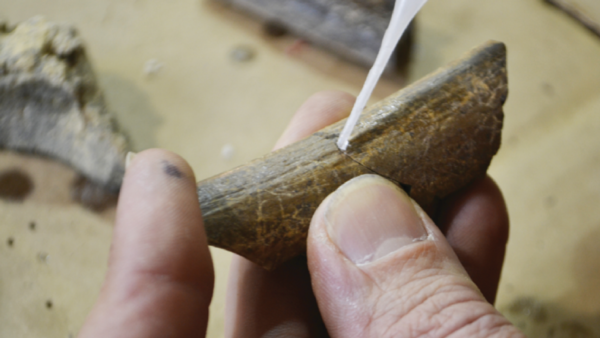
PaleoBOND was developed when Bill Mason realized that there was something missing in the fossil collecting industry. Too many specimens were being tossed in the dump pile as they broke apart when collecting or preparing. A problem solver, Bill came up with a solution. Create a strong, clear adhesive that would stabilize and preserve fossils and minerals with reliability.
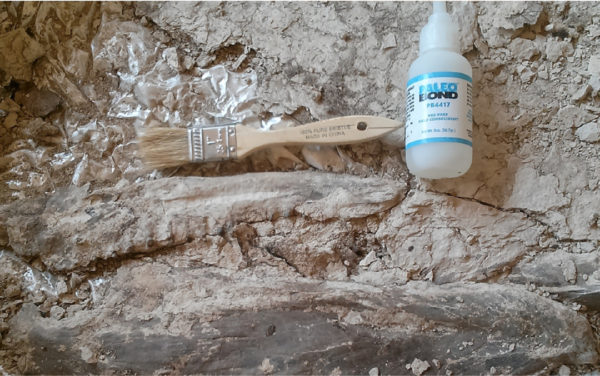
PaleoBOND has been tried and tested for over 40 years by professionals and amateurs including geologists, mineralogists and paleontologists around the globe. It is used and recommended for use on rare and expensive materials or just to preserve your special find. Why use a cheaper, lesser quality product when you can use PaleoBOND and know that your specimen will endure the test of time? Many adhesives on the market today are not refined and will turn yellow, crack and degrade over time. PaleoBOND has a chemistry that will stay strong and clear indefinitely. With over 6000 formulas on the market, chose the one that’s tried and tested for quality and performance-PaleoBOND.
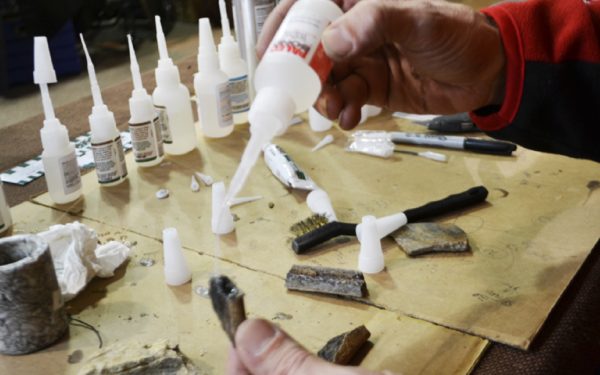
The quality and value of PaleoBOND is what keeps customers reordering. On an ounce per ounce comparison, PaleoBOND takes less product to preserve a specimen because it is stronger and more durable. You would have to use a considerably larger amount of another product to try to recreate the same results you achieve with PaleoBOND.
A 16 oz bottle breaks down to only $3.63 per ounce. That’s a great deal!
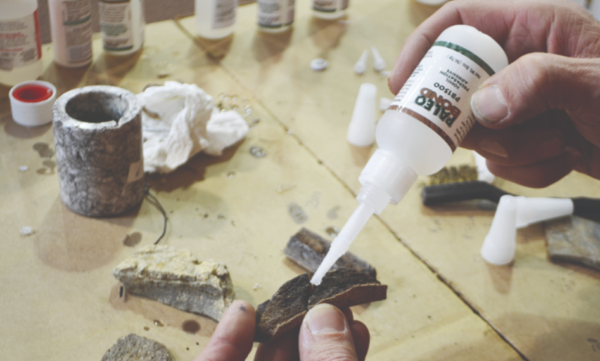
The thickness of PaleoBOND products is measured by the viscosity of the adhesive in centipoise. The poise is the unit of dynamic viscosity in the centimetre gram second system of units. A centipoise (cp) is one one-hundredth of a poise.
When determining centipoise, all other fluids are calibrated to the viscosity of distilled water at STP.
Water at approximately 70 °F (21 °C) is about one centipoise. Penetrant Stabilizer has a viscosity less than water. That’s why it can soak thoroughly into your fossil or mineral specimen. Each structural adhesive has a corresponding centepoise determined by the thickness of the adhesive.
PB40 is the lowest at 40 cps and Jurassic Gel the highest at 12,000 cps. For comparison, ethylene glycol has a viscosity of 24 cps. Honey comes in at 2000 cps and lard has a viscosity of 100,000 cps.
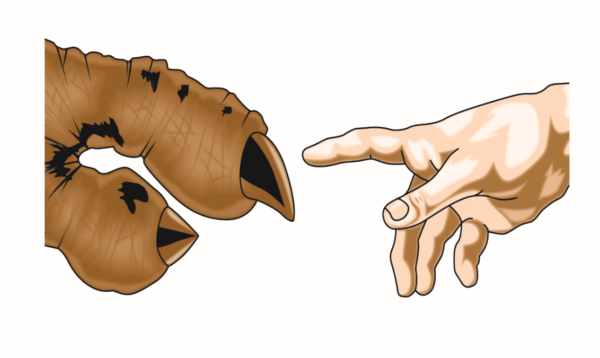
PaleoSCULP™ is a unique two part epoxy material that forms a clay-like substance once mixed together. It can be sculpted into any shape or form. It is ideal for use in replacement of missing fossil or rock parts or for patching damaged bones. After curing, it becomes hard and strong. It is also an excellent structural adhesive.
PaleoSCULP has a varied cure time, so you are in control of the work life time. PaleoSCULP bonds to any substrate material, so it acts as a multipurpose adhesive. PaleoSCULP has an infinite shelf life. No need to worry about it drying out when stored. PaleoSCULP will not shrink as it cures. PaleoSCULP can be easily sanded or ground once cured.
PaleoSCULP will cure under water, therefore it is waterproof when cured. PaleoSCULP can be used as a casting medium. It is tough material, but easy to work into a mold, which allows for more versatility. PaleoSCULP can be formed to create a smooth or textured surface, such as scales.
With this material, your talent has no limit! The work life of the mixed material is two to three hours, depending on the temperature of the clay mixture.
If you need the material to cure more quickly, provide a warm environment for the piece. Complete cure takes 24 hours.
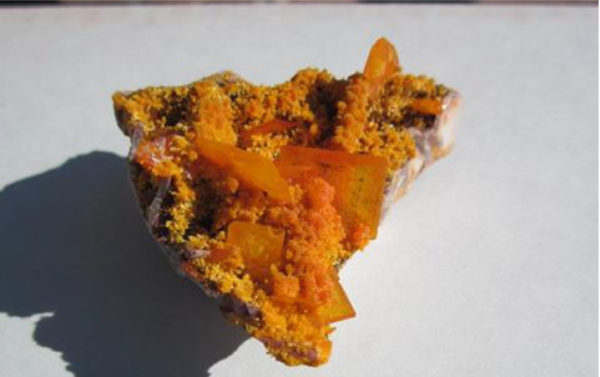
PaleoBOND is the adhesive chosen by more professional paleontologists, jewelers, mineral collectors and rock hounds. When quality is important, PaleoBOND is the adhesive of choice.
We also have a few tips to make using the products easier.
The microtips fit REALLY TIGHT to the nipples of the 1 and 2 oz bottles. Gently warm the end with a match or lighter before slipping on the bottle nipple and it will form to the bottle without splitting the end of the tip.
Clip the end of the yorkers only a little bit (no more than to the first line) when putting on the 16 oz PB02 and PB40 bottles. These formulas are really thin and you can better control filling the 2 oz bottles with a smaller opening on the end. For the PB750 and PB1500, make the cut further down so the hole is larger.
Customers from all types of industries have used PaleoBOND over the years. If you have a question about how PaleoBOND will work for your project, give us a call and we’ll help you find the right product to fit your needs.
